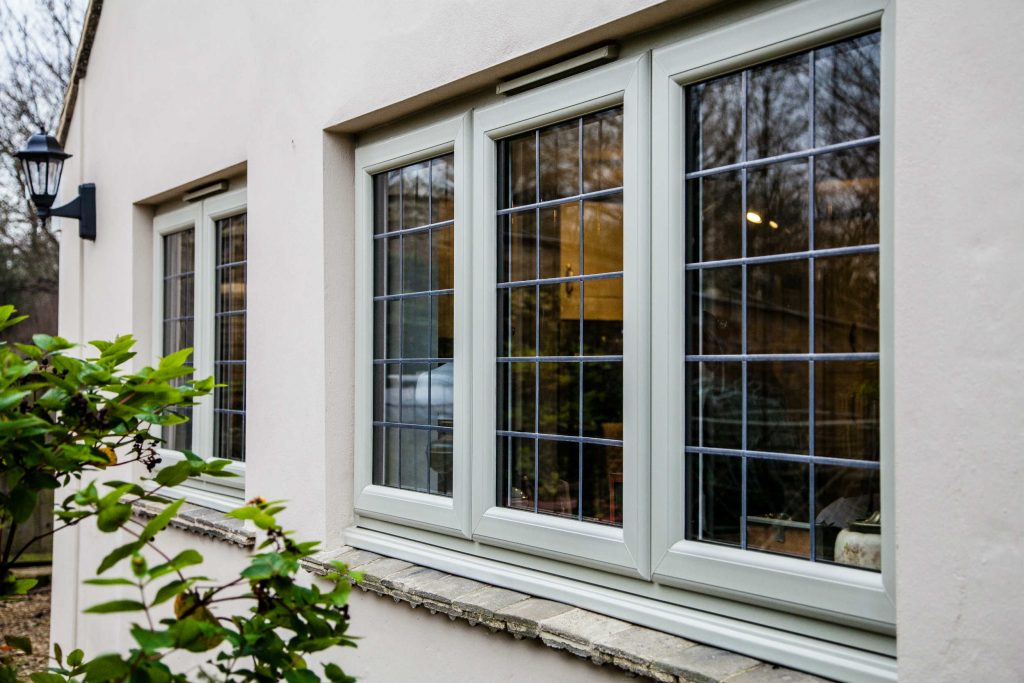All Categories
Featured
Table of Contents
Enjoy Your Summer More With Double Glazed Windows in Noranda Western Australia
That window can transfer more solar heat in winter than in summertime. A west-facing window on a summer season's afternoon has an angle of occurrence from near 0 up to 30 with a large reliable area of solar radiation. A north-facing window, in summertime, has a high angle of occurrence and a low efficient location of solar radiation, so can send less heat than a west-facing one.

You can quickly and easily improve the thermal efficiency of your house by changing your windows. There are thousands of types of glass and frames to pick from.
Top 10 Tips To Keep Your Home Cool in Joondalup Western Australia
Single glazing with clear glass is not really effective when it comes to heat loss or gain. To improve efficiency, you can use single glazing with a more energy-efficient type of glass such as low emissivity (low-e) glass.
The energy performance of IGUs also depends on: the residential or commercial properties of each layer of glass. Different glass types (for example, clear and low-e glass) can be put together in an IGU.
Why Install Stunning Double Glazing Windows During Summer? in Mount Claremont WA

IGU cavities can be filled with air or a more inert, low-conductivity gas such as argon the width of the cavity. Broader cavities supply lower (better) U worths, with 12mm normally accepted as the preferred space how well the cavity is sealed.
If argon is installed to the cavity in place of air, moisture is reliably omitted the level of desiccant (drying representative). The spacer (metal or polymer strip) that separates the glass layers consists of a desiccant to soak up any moisture. Insufficient desiccant may cause moisture to condense on the glass surface in cold conditions, minimizing thermal performance.
Glazing in Samson WA
IGUs can deliver much better energy performance for all environments, especially in heated and air-conditioned houses. Cross-section information of single, double and triple-glazing units Low emissivity glass (commonly known as low-e glass) lowers heat transfer. Low-e glass may be either high or low transmission: High transmission low-e glass has a finishing that enables daytime from the sun to pass into your home to achieve great solar heat gain, but decreases the amount of the long wavelength infrared heat that can get away back through the window.
Low-e glass has either a pyrolytic finish or a vacuum-deposited thin film metal covering. Pyrolytic coverings are resilient and can be used for any glazing; vacuum-deposited coverings are soft and are just used within IGUs. Low-e finishings can significantly improve both U value and SHGC; nevertheless, they must be used properly or they will either weaken or fail to perform as required.
Why Is Double Glazing So Important In Winter? in Clarkson Perth
Low-e coverings can be utilized in mix with clear, toned or reflective glass. Low-e coatings on glazing can minimize heat transfer where required Picture: Department of Industry, Science, Energy and Resources Toned glass has colouring ingredients included during manufacture. It is readily available in numerous colours, normally bronze, grey, blue and green.
Latest Posts
Home Window Glazing - Sustainability Victoria in Carmel WA
Windows Of Opportunity: Your Guide To High-performance ... in Kallaroo WA
Double Glazing Windows in Rockingham WA